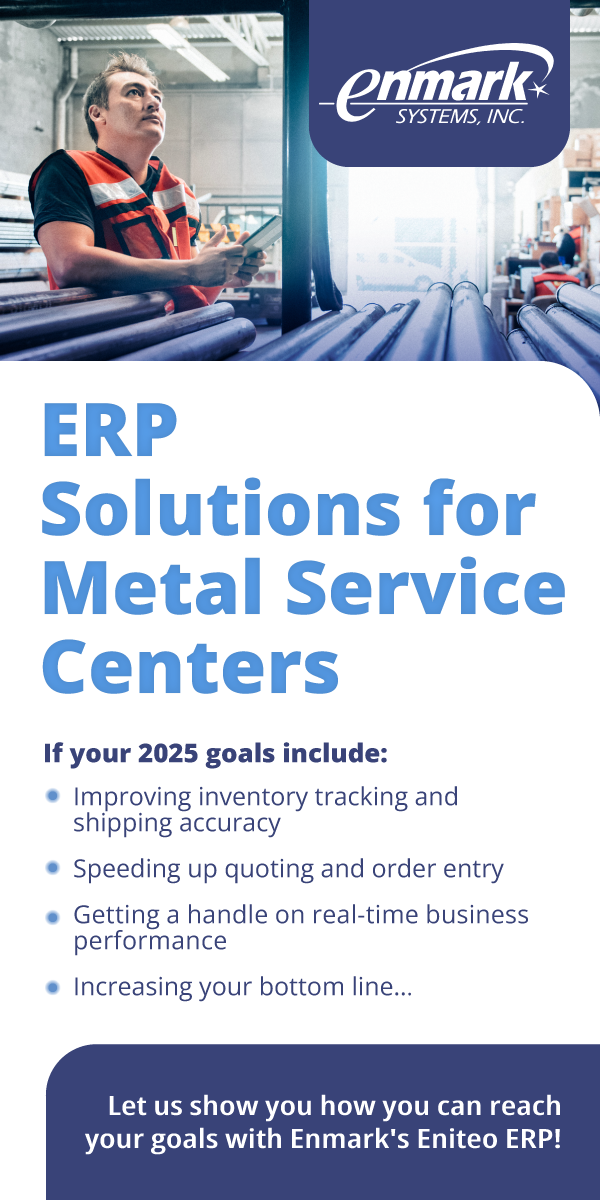The newly announced partnership between US Steel and Nippon Steel marks a unique moment in US Steel history. At the heart of this deal is an innovative structure designed to balance foreign investment with US national security interests—a model that could set precedent for future cross-border industrial partnerships.
Understanding the Deal Structure
Nippon Steel, Japan’s largest steelmaker, is moving forward with a $14.9 billion acquisition of US Steel. However, unlike traditional foreign takeovers, this deal is being crafted as a “partnership,” not a simple buyout. President Donald Trump and Senator Dave McCormick have both emphasized that US Steel will remain “under US control” despite the significant Japanese investment.
Key structural elements include:
- $14 Billion Investment: Nippon Steel will inject $14 billion into US Steel’s operations, with $2.4 billion earmarked for Pittsburgh-based facilities and the remainder spread across US manufacturing sites.
- US Headquarters: US Steel’s headquarters will remain in Pittsburgh, preserving its American corporate identity and regional economic impact9.
- US Leadership: The new board will have a majority of American citizens, and the company will be led by a US-based CEO69.
- No Layoffs or Plant Closures: Nippon Steel has pledged not to close plants or lay off workers as a result of the transaction, directly addressing concerns about American jobs and industrial decline4.
- Protection of Domestic Production: The deal includes commitments not to import steel slabs that would compete with US Steel’s blast furnaces, safeguarding domestic production capacity4.
The “Golden Share”: National Security Safeguard
Perhaps the most innovative aspect of the deal is the introduction of a “golden share” for the US government. This special class of share is not about financial gain, but about control and oversight.
What is a Golden Share?
- A golden share gives its holder—here, the US government—veto power over certain critical company decisions8.
- This mechanism is rare in US corporate governance and is typically used only in cases where the government has provided financial support or needs to protect strategic interests, as seen during the 2008 General Motors bailout2.
How Will It Work in the US Steel-Nippon Deal?
- The US government will be able to veto significant management decisions, especially those affecting national security, production levels, and board appointments.
- The golden share will allow the US to monitor and maintain domestic steel production, ensuring that the company continues to meet national defense and infrastructure needs.
- The arrangement reportedly originated from Nippon Steel’s own proposal, recognizing the importance of addressing US political and security concerns to secure approval for the acquisition.
Quote:
“This is a national security agreement that will be formalized with the U.S. government,” Senator McCormick said. “The golden share would mandate U.S. government consent for several board appointments, enabling the nation to monitor and maintain production levels.”8
Why This Structure?
The US government’s insistence on a golden share and other safeguards stems from deep concerns about foreign ownership of critical infrastructure. Both the Trump and Biden administrations had previously opposed a full takeover by Nippon Steel, citing risks to blue-collar jobs and national security8. The Committee on Foreign Investment in the United States (CFIUS) conducted two rounds of national security reviews before the deal was restructured to include these protections3.
Key Objectives of the Structure:
- Protect US Jobs: By preventing layoffs and plant closures, the deal aims to revitalize American manufacturing and create up to 70,000 jobs nationwide8.
- Maintain National Security: The golden share ensures that strategic decisions remain under US oversight, especially regarding supply chain security and defense readiness.
- Enable Foreign Investment: By providing clear safeguards, the structure allows Nippon Steel to invest in and modernize US Steel, bringing advanced technology and capital without ceding control of an iconic American company4.
Comparison Table: Traditional Takeover vs. US Steel-Nippon Structure
| Feature | Traditional Foreign Takeover | US Steel-Nippon Deal Structure |
|---|---|---|
| Ownership | Foreign company | Foreign company (Nippon Steel) |
| Headquarters | Often moved overseas | Remains in Pittsburgh, USA |
| Board Composition | Foreign majority | US majority |
| CEO | Foreign or mixed | US-based |
| Government Oversight | Minimal | US government holds golden share |
| National Security Safeguards | Limited | Veto power over key decisions |
| Layoff/Plant Closure Protections | Not guaranteed | Explicitly pledged |
| Import Competition | Possible | Restricted by agreement |
Conclusion: A Blueprint for Strategic Industrial Partnerships
The US Steel-Nippon Steel partnership is a historic turning point for American manufacturing and the global steel industry. By combining Japanese investment and technology with American leadership and oversight, the deal revitalizes a core sector of the US economy while setting a new standard for balancing foreign investment with national security.
The golden share mechanism, US-majority board, and explicit commitments to jobs and production ensure that US Steel remains an American company in both spirit and practice. This partnership demonstrates that it is possible to attract international capital and expertise without compromising national interests—a model that could shape future industrial policy.
As the world watches, the US Steel-Nippon Steel deal stands as a testament to the power of strategic cooperation, innovative governance, and the enduring importance of American industry.
Check out some of our other articles:
- Nucor’s Nucor Announces CSP Price Cut: Market Analysis, Price History, and What’s Next
- Trump Approves US Steel-Nippon Steel Partnership
- Steel Industry News Community Pricing Poll May 2025 – Where Are Steel Prices Heading Next?
- Nucor Cuts CSP Steel Price: Price History & Market Analysis
- Nucor Cyberattack 2025: What Happened and Why It Matters to Manufacturing
📬 Enjoying this article? Don’t miss the next one.
Subscribe to the Steel Industry News email newsletter to get the latest updates delivered straight to your inbox — from mill pricing to market shifts.
🆓 Stay informed with a free subscription, or
🔐 Unlock even more with a paid plan (just $10.50/month with annual billing (a 30% Discount from our Monthly plan) and get:
✅ Full access to all in-depth newsletters and podcasts
📊 U.S. mill pricing, input costs, and production data
🌍 The latest Steel Industry News direct to you
📚 Exclusive subscriber-only E-Books, reports, guides & archives
🙌 Unlock Full Access to the Steel Market Insights & Strategy Guide












